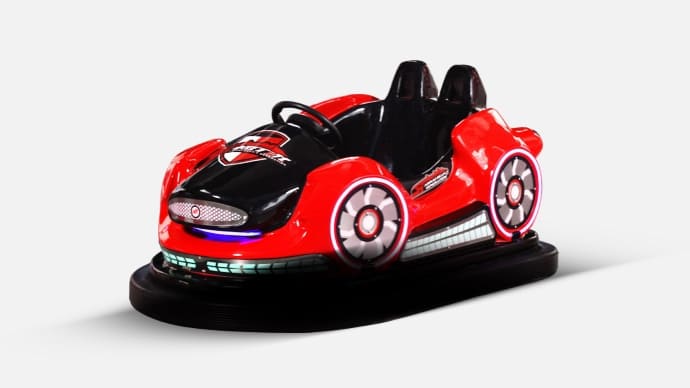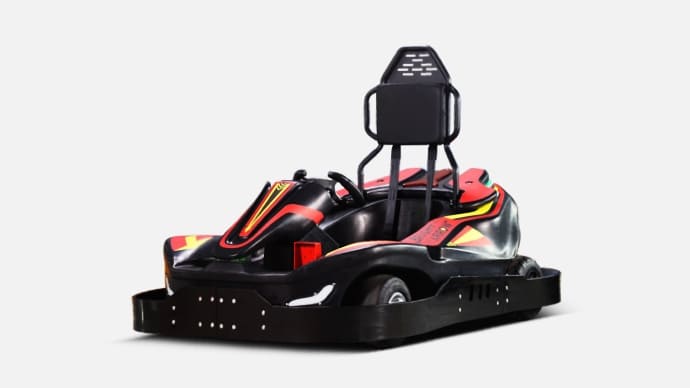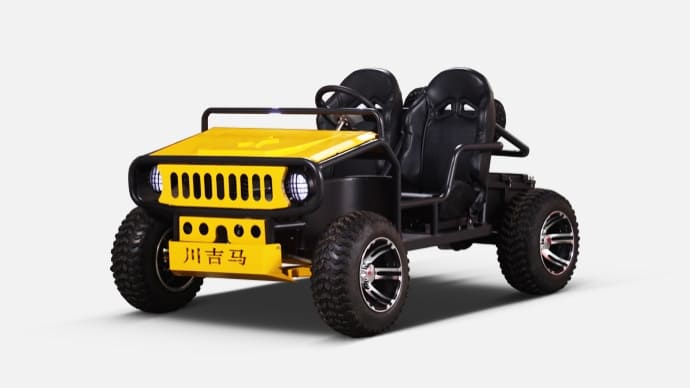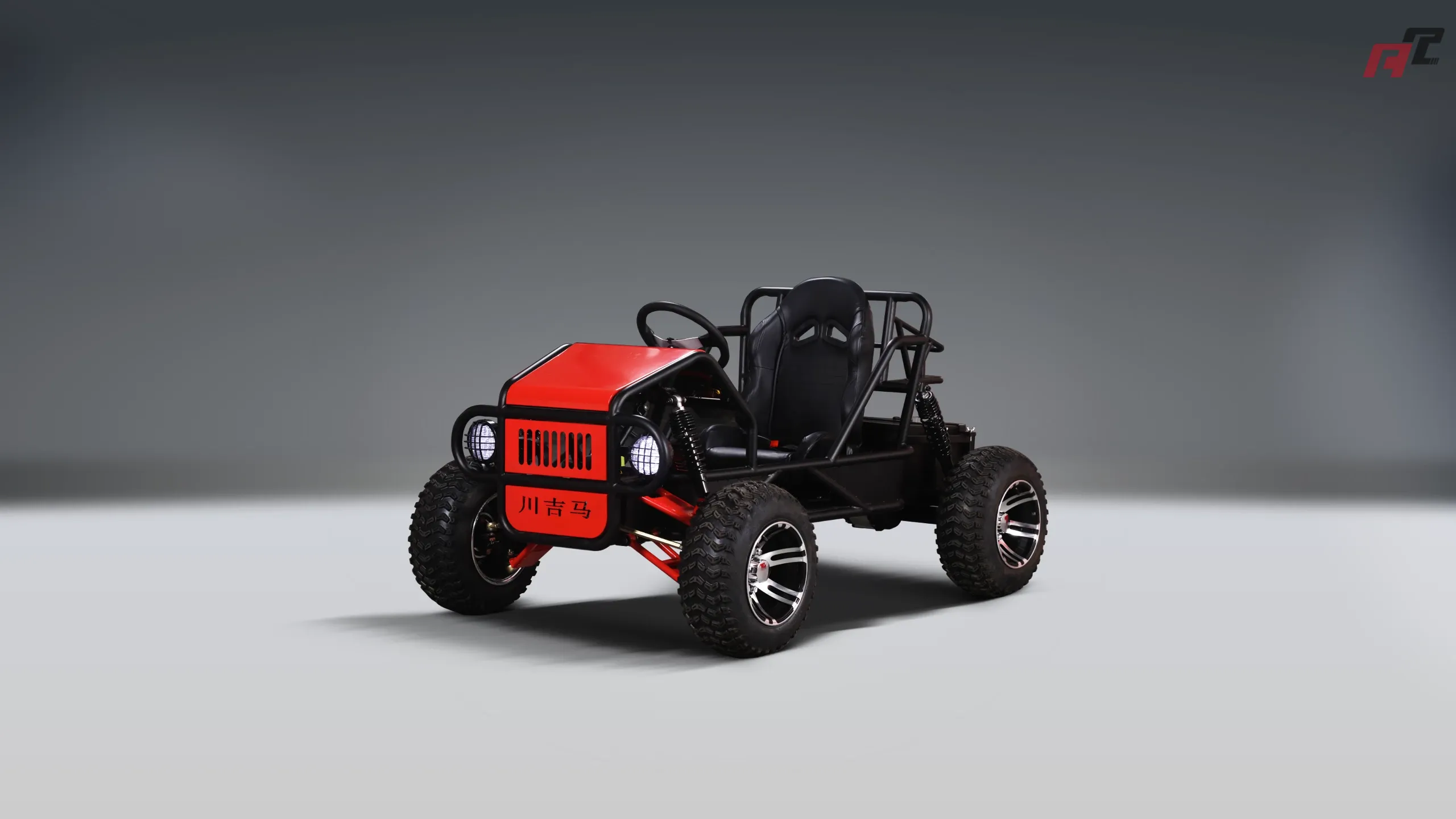how bumper cars work | ANCHI Guide
Unravel the mysteries of bumper car operation! This guide, perfect for go-kart industry professionals, covers the technology behind the fun, from power sources to safety features. Learn from ANCHI!
How Bumper Cars Work: The Technical Know-How for Go-Kart Experts
Bumper cars, a staple attraction at amusement parks and arcades, seem simple enough. But beneath the chaotic fun lies a clever engineering system. Understanding how bumper cars work is valuable knowledge, especially for those in the go-kart and amusement park industry. This guide explores the technical aspects of bumper car operation.
How do bumper cars get their power?
Bumper cars typically draw power from one of two main sources:
* **Overhead Grid System:** This is the most common type. A grid of electrically conductive material (usually metal mesh) is suspended above the bumper car arena. Each car has a long pole that extends upward and touches the grid. This pole collects electrical current, powering the car's motor.
* **Floor-Based System:** A less common but still viable method. The floor is divided into alternating conductive strips. The bumper car's wheels or a special contact system on the underside of the car complete the electrical circuit, drawing power from the floor.
Both systems utilize low-voltage DC power to ensure safety.
What makes bumper cars safe to drive?
Safety is paramount. Key safety features include:
* **Rubber Bumpers:** These large, inflatable or solid rubber bumpers surround the car, absorbing impact and minimizing damage to both the cars and riders.
* **Speed Limiters:** Bumper cars are designed to operate at relatively low speeds. This is achieved through motor design and gearing, limiting the potential for injury.
* **Seatbelts:** While not always present, seatbelts are increasingly common in modern bumper car designs. They provide an extra layer of protection, especially for younger riders.
* **Low Voltage:** As mentioned earlier, low-voltage DC power significantly reduces the risk of electric shock.
* **Supervision:** Attendants monitor the ride, ensuring riders adhere to rules and regulations.
Why do bumper cars only go a certain speed?
The speed of bumper cars is carefully controlled for safety reasons. Several factors contribute to this:
* **Motor Size and Gearing:** The motor used in bumper cars is deliberately chosen to provide enough power for movement and bumping but not excessive speed. The gearing system further reduces the speed while increasing torque.
* **Voltage Regulation:** The voltage supplied to the cars is regulated to prevent them from exceeding a safe speed.
* **Surface Friction:** The floor or grid surface also plays a role. Higher friction can reduce the achievable speed.
What happens when bumper cars collide?
When bumper cars collide, the rubber bumpers absorb the majority of the impact force. This cushions the blow for the riders and protects the car's chassis. The energy of the impact is dissipated through compression and deformation of the bumper material.
How are bumper cars maintained?
Regular maintenance is crucial for ensuring the safe and reliable operation of bumper cars. Key maintenance tasks include:
* **Bumper Inspection:** Regularly check the bumpers for damage or wear. Replace or repair them as needed.
* **Electrical System Inspection:** Inspect the wiring, contacts, and power supply for any signs of corrosion or damage. Ensure all connections are secure.
* **Motor Maintenance:** Lubricate the motor bearings and check for any signs of overheating or wear.
* **Wheel and Tire Inspection:** Inspect the wheels and tires for wear and tear. Replace them as needed.
* **Grid/Floor Maintenance:** Clean and maintain the overhead grid or floor to ensure good electrical conductivity.
Understanding these aspects of bumper car technology allows go-kart professionals to offer better service and advice to customers in the amusement and entertainment industries.














